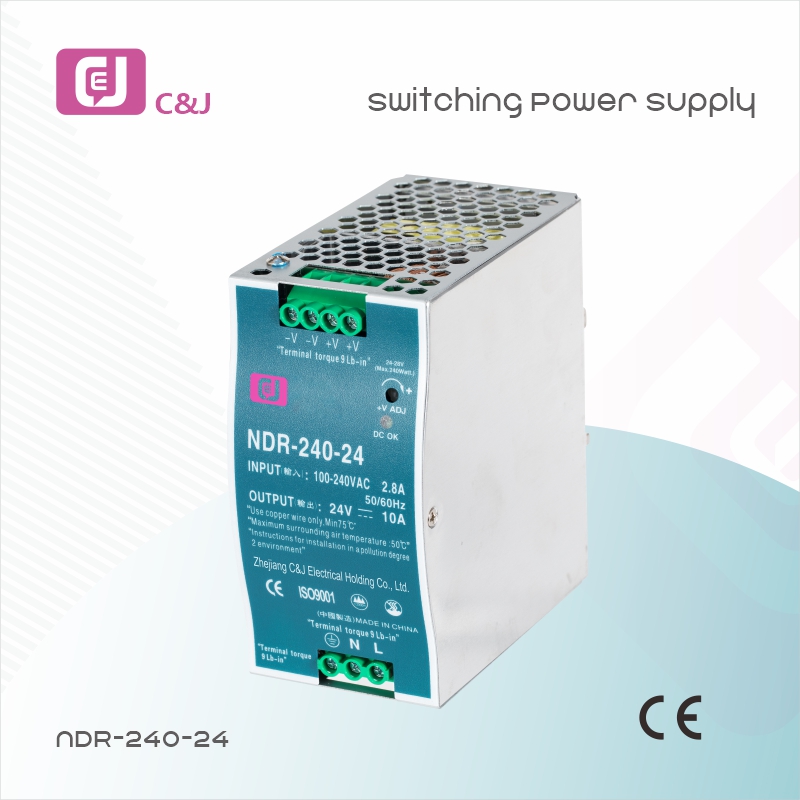As we rely on electricity for almost every aspect of our daily lives, it becomes crucial to mitigate the risks associated with electrical accidents. One technology that has revolutionized home safety is the Residual Current Device (RCD). This ingenious device is designed to detect and prevent electrical hazards, thus safeguarding both lives and property. Are […]
As we rely on electricity for almost every aspect of our daily lives, it becomes crucial to mitigate the risks associated with electrical accidents. One technology that has revolutionized home safety is the Residual Current Device (RCD). This ingenious device is designed to detect and prevent electrical hazards, thus safeguarding both lives and property. Power Inverter

Are you interested in learning more about RCDs? You’re in the right place. Here, we’ll delve into the evolution of RCD technology, exploring its early versions. We’ll also talk about its advancements, like the introduction of type A RCD switches, the latest trends, and future possibilities. By understanding the role of RCDs and their contribution to residential safety, you can make informed decisions to enhance the security of your home.
RCD switches work based on the principle of electrical imbalance detection. They continuously monitor the flow of electricity in a circuit by comparing the incoming and returning currents. If there is a discrepancy between the two, it indicates a fault in the circuit, such as a leakage of current through a person or a faulty appliance. Upon detecting this fault, the RCD immediately trips or interrupts the circuit, cutting off the power supply and minimizing the risk of electric shock. This rapid response significantly reduces the chance of severe injuries or fatalities caused by electrical accidents.
Several types of RCDs exist, each suited for specific applications and electrical systems:
These different types of RCDs cover a wide range of applications, from residential homes to commercial buildings and industrial settings, providing essential protection against electrical hazards.
The Evolution of RCD Technology
The development of RCDs can be traced back to the mid-20th century when electrical safety standards began to focus on protecting individuals from electric shocks. Early versions of RCDs were based on the fundamental concept of detecting and responding to electrical imbalances in circuits. These devices utilized a core balance transformer that compared the current flowing into and out of an electrical system.
However, these early RCDs had certain limitations. They were primarily designed for use in low-voltage applications and had relatively lower sensitivity levels. Additionally, they often suffered from false trips or unintentional disconnections due to environmental factors such as high levels of moisture or unstable electrical conditions.
Fortunately, the implementation of stricter safety regulations and standards in many countries prompted manufacturers to innovate and refine RCD technology. These advancements in design and functionality have played a crucial role in ensuring safer electrical systems and reducing the risk of electrical accidents.
One significant advancement in RCD technology is the development of faster devices. These modern RCDs are capable of detecting electrical imbalances and interrupting circuits within milliseconds, greatly minimizing the risk of electric shock and electrical fires.
Additionally, advancements in technology have led to the creation of RCDs with higher sensitivity levels. Devices such as type A RCDs can accurately detect even minimal imbalances in electrical currents, strengthening protection against electric shocks caused by low-level faults.
Another notable advancement is the integration of RCD technology into other home safety systems. RCDs are now frequently incorporated into residual current monitoring (RCM) systems. These integrated systems offer enhanced protection by consistently monitoring and analyzing electrical currents within a building or home.
Advancements in RCD technology have also resulted in increased accuracy and the ability to detect various types of electrical faults. Modern RCDs are equipped with advanced circuitry and specialized algorithms, allowing them to differentiate between different fault types. Whether it’s a residual current fault, an earth fault, or an insulation fault, these RCDs can precisely identify and respond to the specific fault in the circuit.
Latest Trends And Innovations In RCD Technology
Some of the latest RCD technology trends and innovations include:
The improvements in user experience with RCD technology, including more compact and aesthetically pleasing designs, as well as simplified installation and maintenance processes, contribute to a smoother and more enjoyable user experience.
By embracing these advancements, individuals and businesses can enhance electrical safety, minimize the risk of electrical accidents, and improve overall user satisfaction. It’s essential to stay informed about the latest trends and innovations in RCD technology to leverage the full potential of these devices and ensure optimal electrical safety.
Stay updated with all the insights. Navigate news, 1 email day. Subscribe to Qrius

Charging Inverter Qrius reduces complexity. We explain the most important issues of our time, answering the question: "What does this mean for me?"